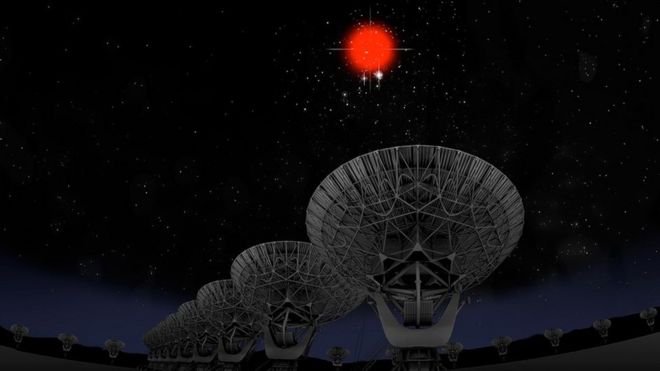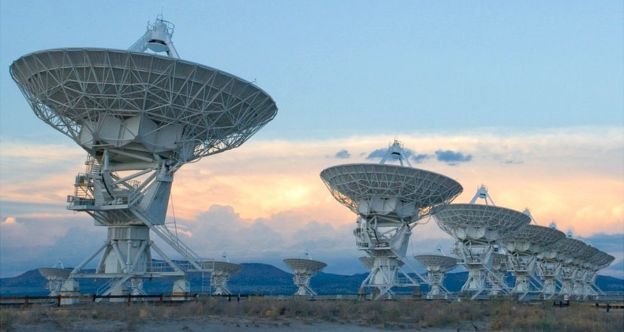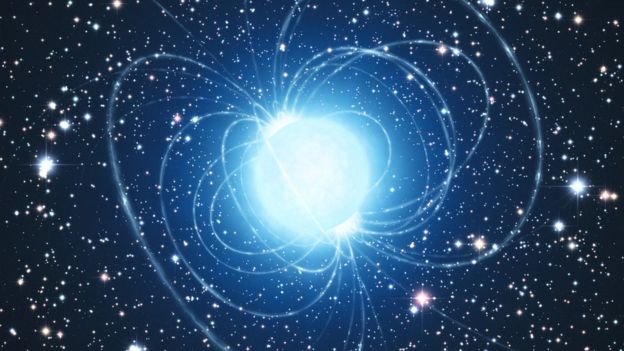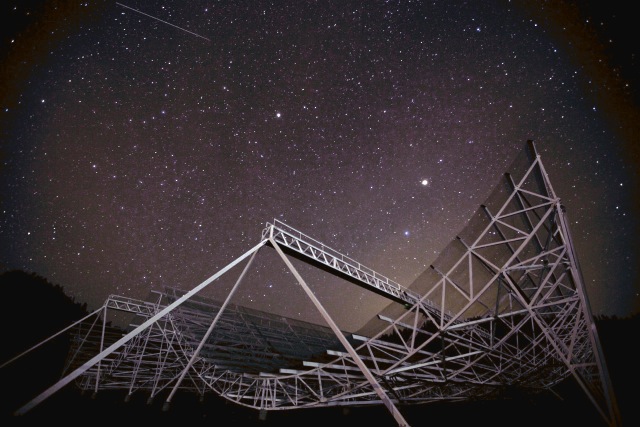FrKadash
Justified & Ancient
- Joined
- Jul 1, 2012
- Messages
- 2,069
http://www.foxnews.com/science/2015...signal-from-space-caught-live-for-first-time/
There's a bit more information in this article, http://www.physicscentral.com/buzz/blog/index.cfm?postid=1956214567196815970
Mysterious radio signal from space caught live for first time
By Walt Bonner
Published January 26, 2015
FoxNews.com
Astronomers in Australia have picked up an “alien” radio signal from space for the first time as it occurred. The signal, or radio “burst”, was discovered on May 15, 2014, though it’s just being reported by the Monthly Notices of the Royal Astronomical Society. “The burst was identified within 10 seconds of its occurrence,” said Emily Petroff, a doctoral student from Melbourne’s Swinburne University of Technology. “The importance of the discovery was recognized very quickly and we were all working very excitedly to contact other astronomers and telescopes around the world to look at the location of the burst.”
Emerging from an unknown source, these bursts are bright flashes of radio waves that emit as much energy in a few milliseconds as the sun does in 24 hours. “The first fast radio burst was discovered in 2007,” Petroff tells FoxNews.com, “and up until our discovery there were 8 more found in old or archival data.” While researchers use telescopes in Hawaii, India, Germany, Chile, California, and the California Islands to search for bursts, it is the CSIRO Parkes radio telescope in Eastern Australia that is the first to catch one as its happening.
The cause of these mysterious signals remains unknown, with possible theories ranging from black holes to alien communication. However, UFO hunters shouldn’t get too excited. According to Petroff, “We're confident that they're coming from natural sources, that is to say it's probably not aliens, but we haven't solved the case completely. The two most promising theories at the moment are that these bursts could be produced either by a star producing a highly energetic flare, or from a neutron star collapsing to make a black hole. Both of these things would be from sources in far-away galaxies just reaching us from billions of light years away.”
There's a bit more information in this article, http://www.physicscentral.com/buzz/blog/index.cfm?postid=1956214567196815970







